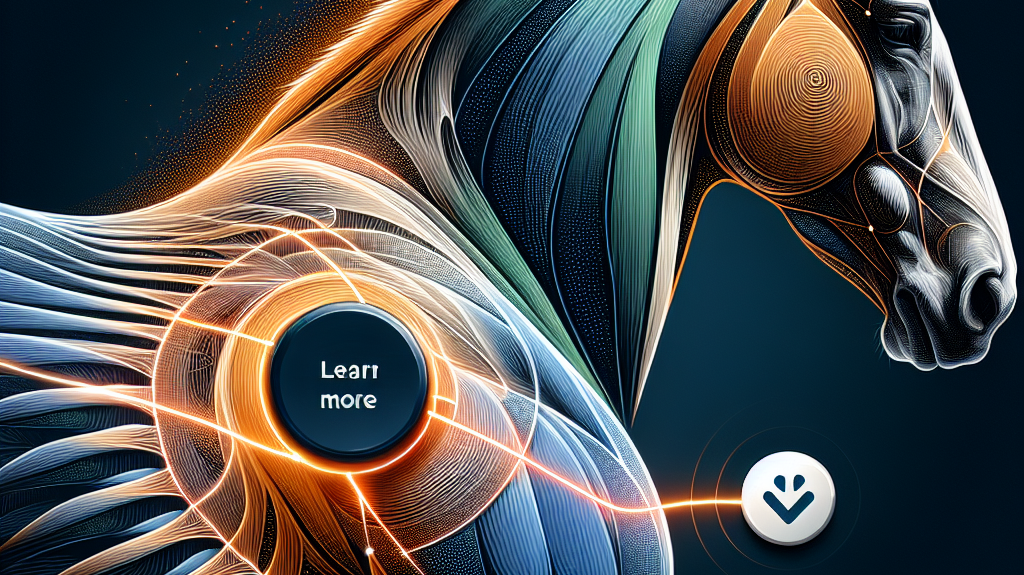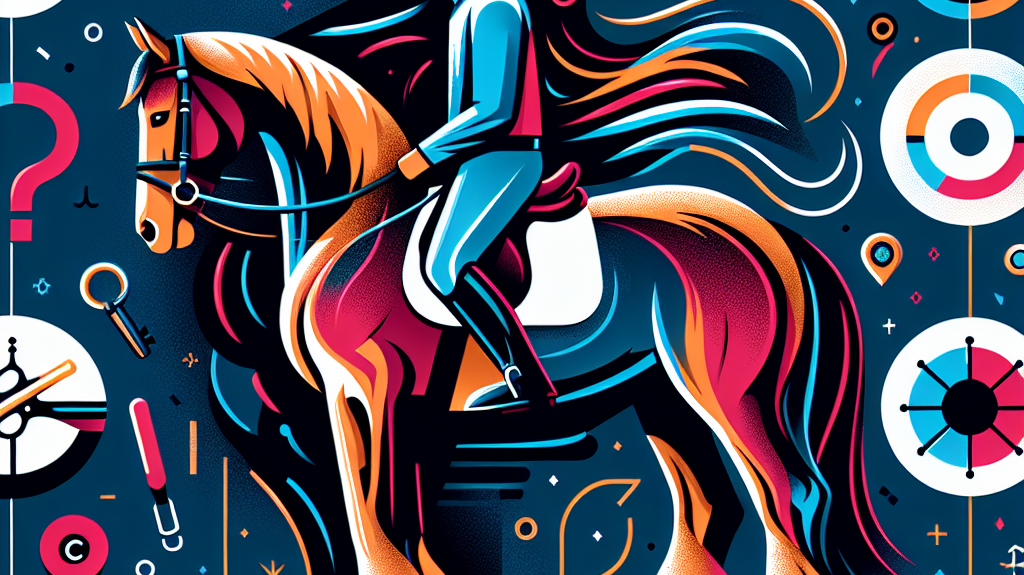The Fascinating World of Pugs: Big Dog, Small Package
Introducing the Adorable Pug
Pugs have a distinctive charm that’s hard to resist. With their unique facial features and compact bodies, they captivate dog lovers globally. Known for their rich history and delightful personality, pugs are among the oldest breeds. Let's dive into their origins, physical characteristics, temperament, and care requirements to understand why they're often described as "a lot of dog in a small package."
Historical Significance of Pugs
Pugs boast a long and fascinating history that originates in ancient China. These dogs were companions to royalty, often seen lounging on the laps of emperors thanks to their loyal nature. The breed is believed to date back to before 400 B.C., making pugs one of the oldest canine breeds. Fun fact: the distinctive facial wrinkles of pugs were believed to resemble Chinese characters, increasing their mystique and value among the nobility.
Physical Characteristics
Pugs are immediately recognizable due to their unique appearance. They stand between 10 to 13 inches tall and weigh between 14 to 18 pounds. Their short heads, pushed-in noses, and deeply wrinkled faces make them stand out. These features combine to give pugs their distinctive look. With large, round, expressive eyes and various coat colors — including black, apricot-fawn, and silver — pugs often sport a charming black mask.
Temperament
The temperament of pugs contributes significantly to their popularity. They are playful, affectionate, and loyal, often displaying comical antics that endear them to their owners. Despite their small size, pugs are confident and loving, making them excellent companions for individuals of all ages. They generally get along well with other dogs and children, provided they are well-socialized.
However, it's important to note that while pugs are intelligent and eager to please, they can be stubborn at times. This trait can make training challenging. Patience and consistent training methods are key to overcoming their willfulness.
Health and Care Considerations
Being a brachycephalic breed, pugs are prone to several health issues. Their short heads and pushed-in noses can lead to respiratory problems such as brachycephalic obstructive airway syndrome (BOAS). This can cause serious breathing difficulties, especially in hot or humid conditions. Therefore, it’s crucial to monitor your pug's environment to prevent any health complications.
Regular grooming is essential for pugs to prevent infections, especially in their facial folds. Weekly brushing, occasional bathing, and regular cleaning of their face wrinkles are necessary to keep them healthy. Given their short coats, pugs tend to shed heavily, particularly after winter. Therefore, frequent grooming sessions are beneficial to manage loose hair.
Exercise and Diet
Maintaining a healthy lifestyle is pivotal in ensuring the well-being of pugs. They require moderate exercise — daily walks of about 20 minutes are typically sufficient. However, they should avoid strenuous activities, particularly in hot weather. Moreover, closely monitoring their diet is crucial to prevent obesity, which can lead to hip dysplasia and other health issues.
Training and Socialization
Training a pug can be incredibly rewarding but requires ample patience. They may be stubborn, but their intelligence and desire to please make them trainable with consistent methods. Early socialization is equally important. Introducing your pug to various environments, people, and other pets ensures they develop into well-rounded dogs who interact positively with their surroundings.
Conclusion
Pugs are undoubtedly a unique breed, combining charm, intelligence, and loyalty in a delightful package. While they come with specific health and care requirements, their loving nature and entertaining antics make them a wonderful addition to any family. By understanding and meeting their needs, owners can ensure their pugs live happy, healthy lives.
To sum up, pugs truly embody the phrase "a lot of dog in a small package." Their rich historical background, endearing looks, and affectionate temperament make them continue to captivate dog enthusiasts around the world.
For more information, visit the original sources: Horse & Hound.




